
HOW TO PREPARE YOUR CHILD FOR A COVID-19 TEST
- Connexions
- 2021-01-29
- 2344
With coronavirus (COVID-19) cases on the increase, many parents have to get their children tested for the virus. And while this may be a new and unfamiliar experience, there are things that you can do to prepare your child for a COVID-19 test that will help ease some of their potential fear and anxiety.
The nasopharyngeal swab COVID-19 test
Currently, there are two types of COVID-19 viral tests available. The nasopharyngeal swab test is the one many of us are most familiar with. During the test, a long thin Q-tip goes into the nose and back to the throat, gets twirled a couple of times and then comes out. The test is very quick — it takes 10 seconds or less. The test might feel uncomfortable and might make your child tearybut it’s not related to crying), but it should not hurt.
Older children may be asked to keep their mask over their mouth while the test is being done. Younger children can sit on their parent’s lap and be held during the test to make sure they don’t move their head.
The saliva COVID-19 test
The second type of test currently available is a saliva test for detecting the COVID-19 virus. Several hospitals and testing sites have begun offering this test, which is less invasive than the nasopharyngeal swab but just as effective. The patient simply spits into a container, filling it about 1.5ml. The patient must be 5 years or older and cannot eat or drink for 30 minutes prior to the test, but there are no other restrictions.
Explain what your child will see at the testing site.
Make sure your child understands that the person doing the test will be wearing full personal protective equipment, including a gown, gloves, mask and a face shield, so they’re not surprised or frightened when they go in for testing.
Explain the testing process.
Make sure your child realizes that both the nasopharyngeal and saliva tests are fast, painless procedures. Use the above information on the tests to describe the testing process to them beforehand. Be honest and tell your child that they may feel uncomfortable, but the test will be over very quickly.
Practice the testing process.
Younger kids may benefit from role-playing the coronavirus test at home with a stuffed animal or doll. Give them a Q-tip and pretend to put it in the doll’s nose. It’s also important to remain as still as possible for the nasopharyngeal test, so practice sitting like a statue at home, or sitting in your lap while you hug them and tilt their head back. If you know your child will be getting a saliva test, give them a little container to practice spitting in.
Comfort your child during the test.
It’s important that your child feels secure during the test, so be sure to sit beside them and hold their hand. You can also bring a light up toy or a tablet or phone to help distract them.
-
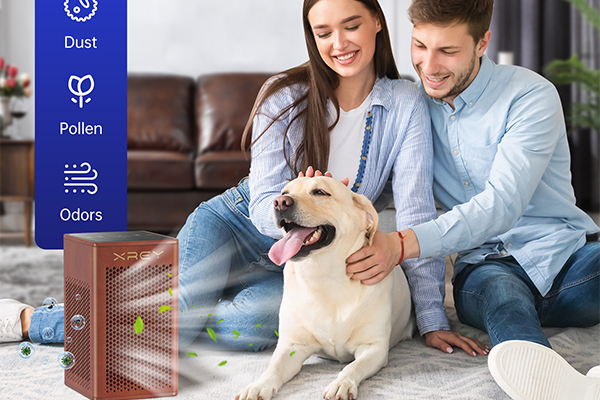 2022-04-26Are air purifiers environmentally friendly ?
2022-04-26Are air purifiers environmentally friendly ? -
 2022-04-26The importance of wearing a mask correctly
2022-04-26The importance of wearing a mask correctly -
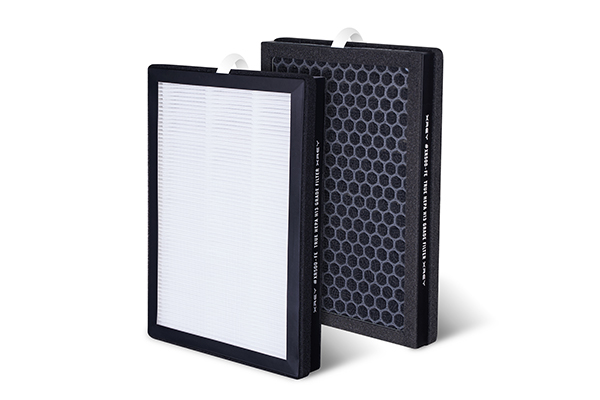 2022-04-27Connexions Air H13 True HEPA Filters
2022-04-27Connexions Air H13 True HEPA Filters -
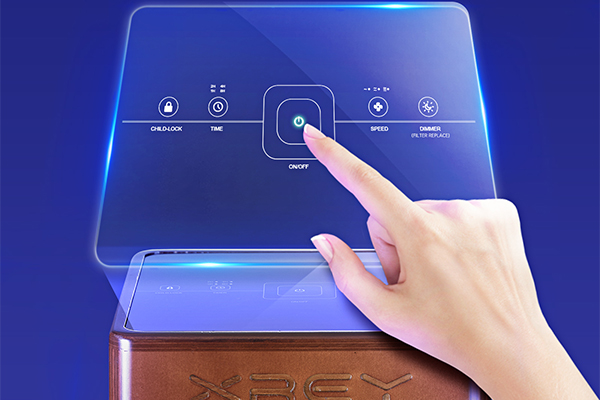 2022-04-29What is the use of anion function of air purifier?
2022-04-29What is the use of anion function of air purifier? -
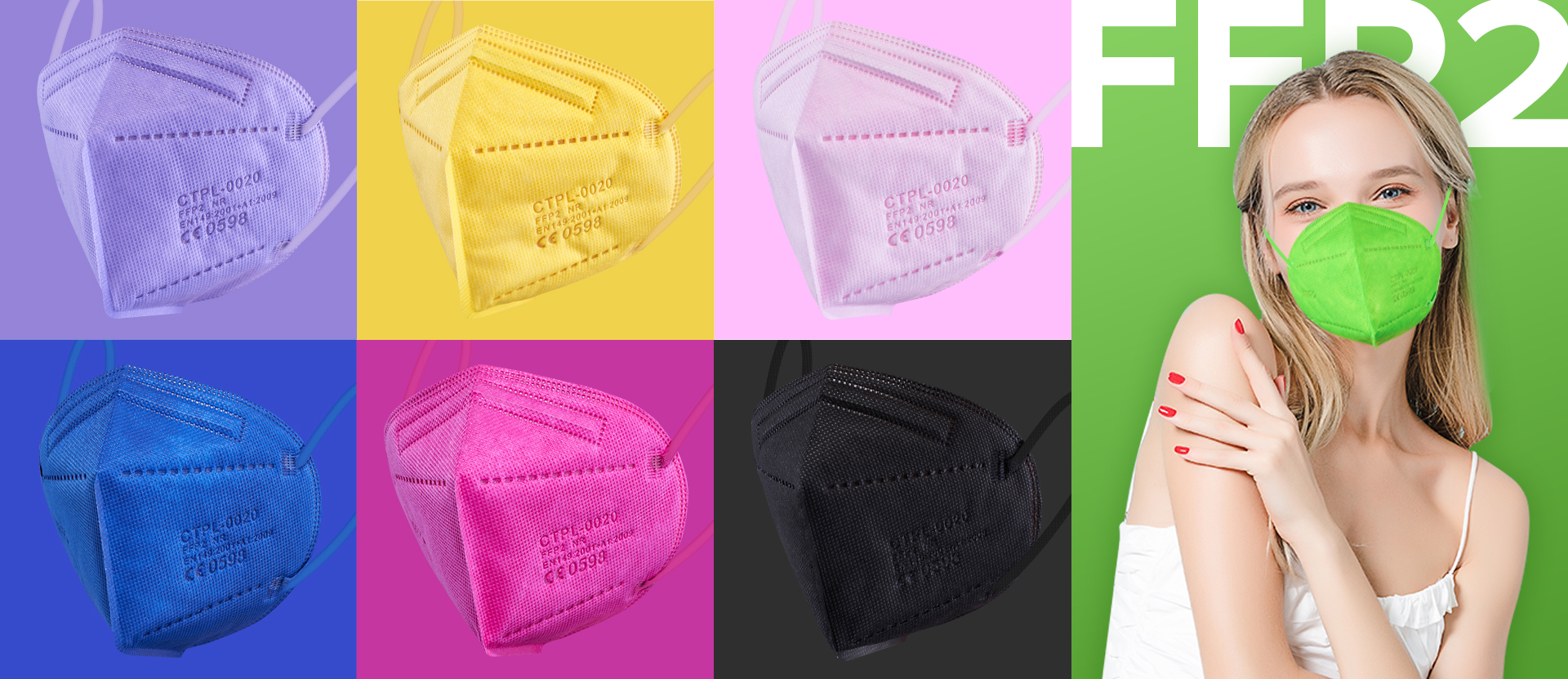 2022-05-08Standardize the wearing of masks, children should not be missed!
2022-05-08Standardize the wearing of masks, children should not be missed! -
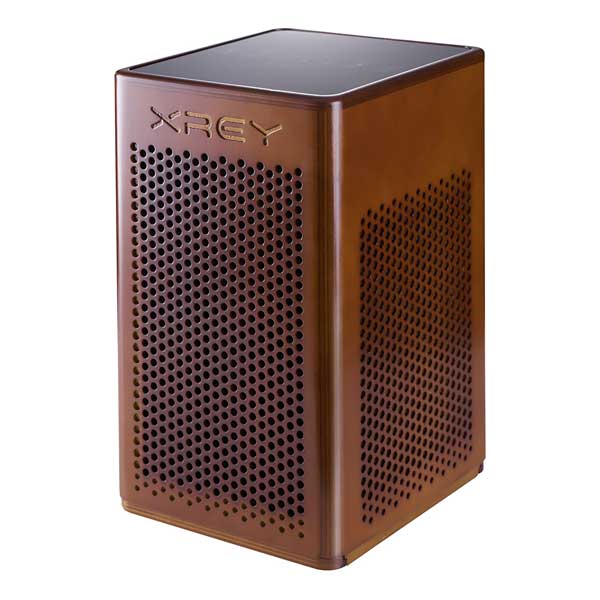 2022-05-16Hazy days, air purifiers are useful?
2022-05-16Hazy days, air purifiers are useful? -
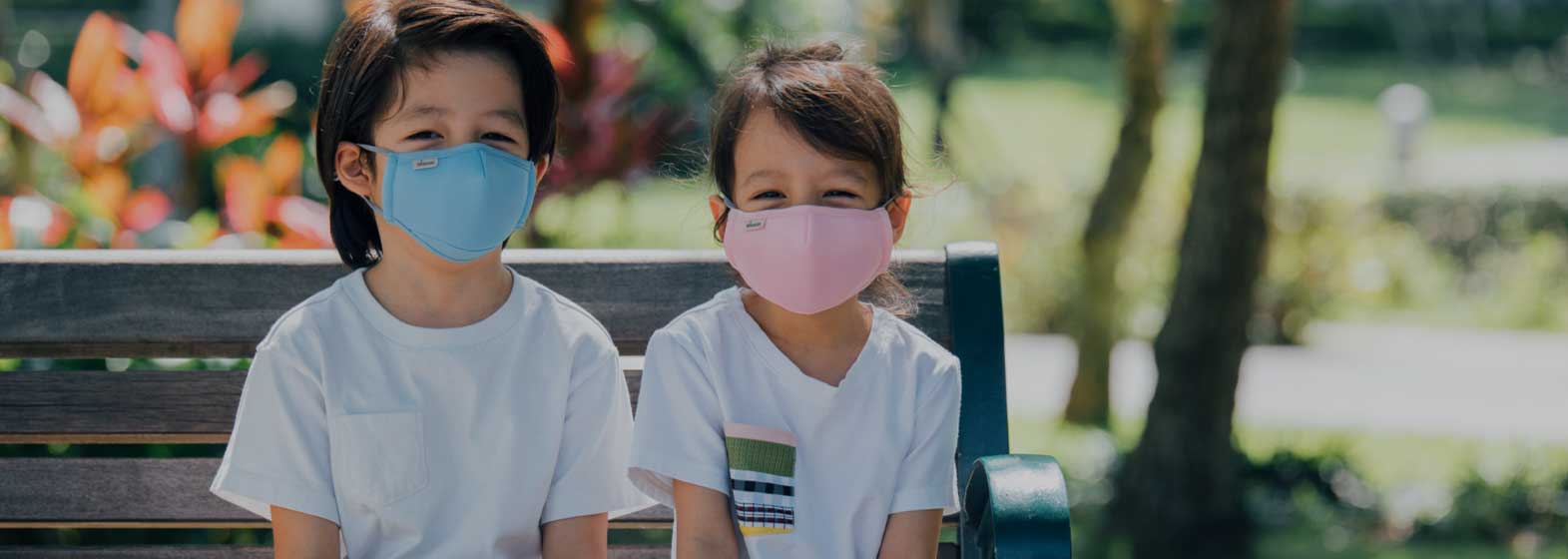 2022-05-16Attention everyone! Don't buy fake FFP2 masks! How do we identify?
2022-05-16Attention everyone! Don't buy fake FFP2 masks! How do we identify? -
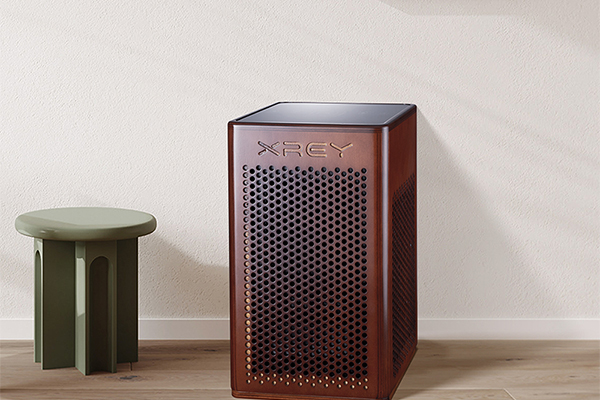 2022-05-17Pay attention to secondary pollution when using air purifiers
2022-05-17Pay attention to secondary pollution when using air purifiers -
 2022-05-17TOP5 pollutants that the purifier can purify
2022-05-17TOP5 pollutants that the purifier can purify
-
 2020-06-02Why do Face Masks Matter With This Coronavirus
2020-06-02Why do Face Masks Matter With This Coronavirus -
 2020-06-02How to Wear Mask
2020-06-02How to Wear Mask -
 2020-06-02Three Principles of Choice of Masks
2020-06-02Three Principles of Choice of Masks -
 2020-06-022020 Situation of Mask Market
2020-06-022020 Situation of Mask Market -
 2020-06-17What other preventative measures can you take to protect yourself from airborne substances?
2020-06-17What other preventative measures can you take to protect yourself from airborne substances? -
 2020-06-08The Advantage of Disposable Face Masks
2020-06-08The Advantage of Disposable Face Masks -
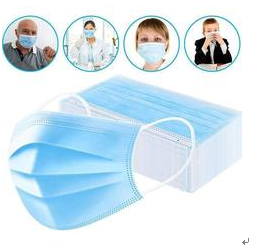 2020-06-093 Ply Disposable Face Mask & Soft & Comfortable Ear Loop
2020-06-093 Ply Disposable Face Mask & Soft & Comfortable Ear Loop -
 2020-06-17What are the regulations for surgical face masks?
2020-06-17What are the regulations for surgical face masks? -
 2020-06-09Do I need to wear a face mask if I am quarantined?
2020-06-09Do I need to wear a face mask if I am quarantined?
CONTACT US


Connexions Technology (Dongguan) Ltd.
We are always providing our customers with reliable products and considerate services.
If you would like to keep touch with us directly, please go to contact us
